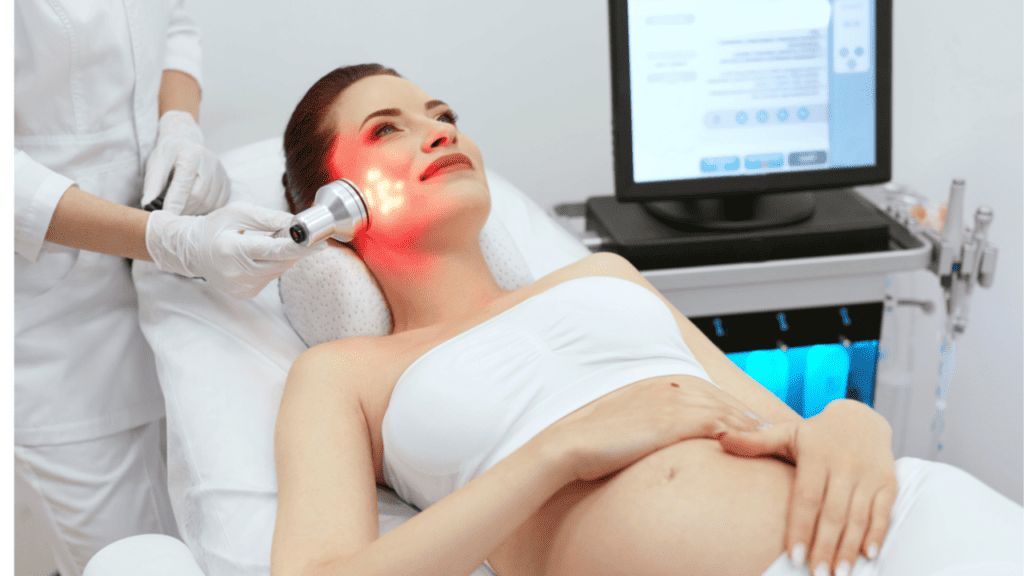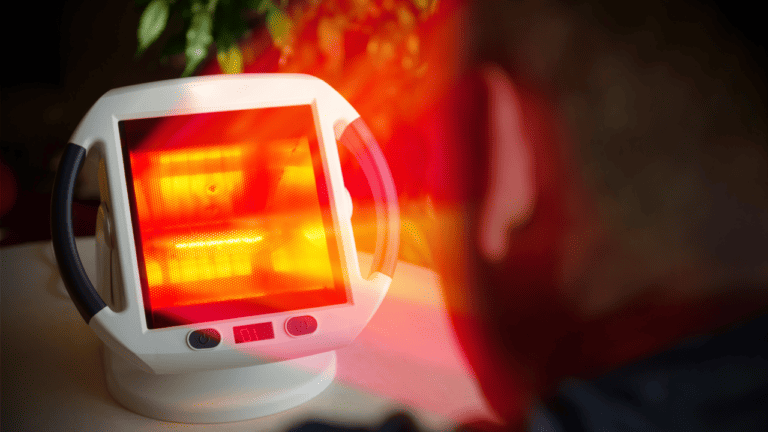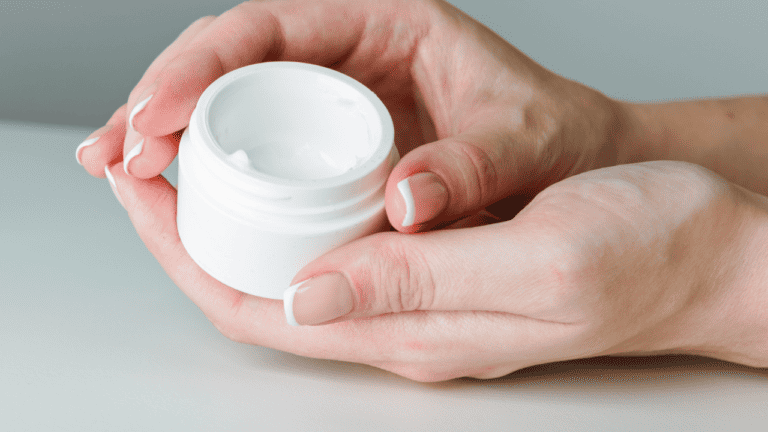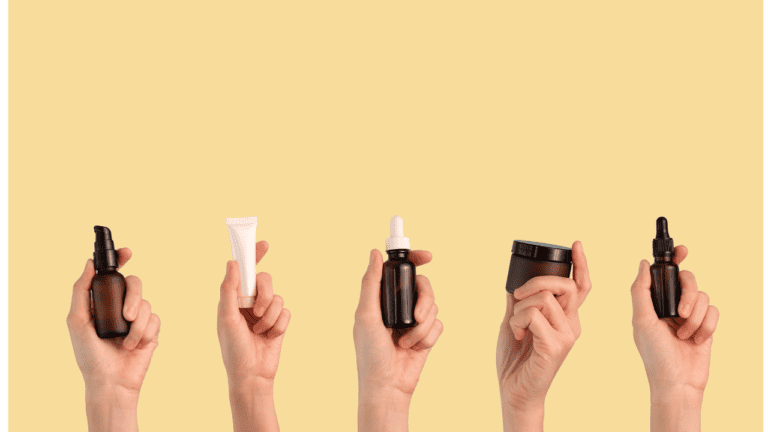Red Light Therapy: A Revolution in Skin Health
Welcome to the fascinating world of red light therapy—a groundbreaking approach to skin health that’s capturing the attention of skincare enthusiasts and professionals alike. As part of our comprehensive guide, “The Ultimate Guide to Red Light Therapy for Clear Skin,” this article delves into the essentials of red light therapy, unveiling how this innovative treatment began, and is revolutionizing skincare routines.
But what exactly is red light therapy? In simple terms, it’s a non-invasive treatment that uses specific wavelengths of red light to penetrate the skin. Unlike ultraviolet light, which can be harmful, red light therapy is safe, gentle, and offers a multitude of benefits for skin health. It works by stimulating the skin’s natural healing processes, leading to a rejuvenation from within.
Whether you’re a skincare aficionado or just curious about new wellness trends, understanding red light therapy is crucial in today’s fast-evolving world of health and beauty. So, let’s embark on this enlightening journey to explore the magic behind red light therapy and its transformative effects on skin health.
Key takeaways
- Red Light Therapy Enhances Skin Health: Utilizes specific wavelengths of light to rejuvenate and heal skin, improving texture, tone, and overall appearance.
- Safe and Non-Invasive: Offers a gentle treatment option suitable for various skin types, free from severe side effects, and backed by scientific research.
- Accessible and Versatile: Available in multiple formats, from professional in-office treatments to convenient at-home devices, catering to different skincare needs and preferences.
History and Development of Red Light Therapy
Tracing the Roots: The Evolution of a Skincare Revolution. The story of red light therapy is as intriguing as its benefits. Its roots can be traced back to the late 20th century when NASA originally developed this technology to grow plants in space. However, it wasn’t long before the potential for human application, particularly in skin health, was recognized.
Over the years, red light therapy evolved from a space-age innovation to a widely acclaimed skincare solution. Researchers and dermatologists began exploring its impact on skin rejuvenation, wound healing, and collagen production. Today, it’s not just a treatment found in high-end dermatology clinics but is also available for home use, making it accessible to a broader audience.
This evolution marks a significant shift in how we approach skin health. Red light therapy has emerged as a holistic, non-invasive alternative to conventional treatments, offering a safe and effective way to enhance skin appearance and health.
Understanding the Science Behind Red Light Therapy

The Nature of Red Light
At the core of red light therapy’s effectiveness is its unique wavelength. Red light, part of the visible light spectrum, possesses wavelengths ranging from approximately 630 to 700 nanometers. These specific wavelengths have the unique ability to penetrate deep into the skin, reaching the layers where collagen and other essential skin structures reside.
Mechanism of Action
The true power of red light therapy lies in its interaction with our skin cells. When red light penetrates the skin, it stimulates the mitochondria, often referred to as the powerhouse of the cell. This stimulation boosts the production of adenosine triphosphate (ATP), the energy currency of the cell, thereby enhancing cellular metabolism and regeneration.
Photobiomodulation
Photobiomodulation, the process underlying red light therapy, is what sets it apart. This process triggers a biological reaction in the cells, leading to improved skin health. It enhances blood circulation, reduces inflammation, and accelerates the repair process, making it an effective solution for a range of skin concerns.
Absorption and Depth of Penetration
The effectiveness of red light therapy is also due to its ability to be absorbed efficiently by the skin. Unlike other forms of light, the wavelengths used in red light therapy are absorbed to a depth of up to 10 millimeters. This deep penetration allows for a more profound impact on skin health, reaching the layers where it can make a substantial difference.
Evidence and Research Supporting Red Light Therapy for Skin Health

Groundbreaking Studies: Unveiling the Efficacy of Red Light Therapy. The journey from skepticism to acceptance in the scientific community for red light therapy is a testament to its effectiveness, backed by robust research and clinical studies.
Clinical Studies and Trials: A multitude of studies have shown the cosmetic and medical benefits of red light therapy. For instance, a landmark study published in the ‘Journal of Clinical and Aesthetic Dermatology’ showed significant improvement in skin complexion and feeling of youthfulness in subjects treated with red light therapy. Of note, they used Omnilux Technologies Red Light Therapy devices in this study, and found that it helped with inflammatory lesions.
Another scientific article highlighted its effectiveness in wound healing, showcasing faster recovery and reduced inflammation, especially in athletes. This particular study about photobiomodulation in human tissue searched through 533 studies which included 1046 participants overall they found that PBM could increase muscle mass gained after training and decreased inflammation and oxidative stress in muscle biopsies.
Comparative Effectiveness: When compared to other skin treatment methods, red light therapy stands out for its non-invasive nature and absence of harsh chemicals. It’s often contrasted with treatments like chemical peels or laser therapy, which, while effective, can be more abrasive and require downtime usually around 1 to 2 weeks.
Expert Opinions and Reviews: Dermatologists increasingly endorse red light therapy. Its appeal lies in its ability to stimulate natural skin processes without the side effects commonly associated with more invasive treatments.
Ongoing Research and Future Directions: The future of red light therapy is bright, with ongoing research delving into its potential for treating a broader range of skin conditions, including psoriasis and eczema.
The Multifaceted Benefits of Red Light Therapy

The allure of red light therapy in skin care stems from its diverse transformative benefits, which cater to a wide array of skin concerns.
- Reduced Wrinkles and Fine Lines: One of the most sought-after benefits is its ability to reduce the appearance of wrinkles and fine lines, giving the skin a more youthful look.
- Enhanced Healing of Skin Conditions: Red light therapy accelerates the healing process of various skin conditions, such as acne, scars, and sun damage.
- Improved Skin Tone and Texture: Regular sessions can lead to improved skin tone and texture, contributing to a smoother and more even complexion.
- Stimulation of Collagen and Elastin Production: It boosts the production of collagen and elastin, the proteins vital for maintaining skin elasticity and firmness.
Maximizing Benefits: A Guide to Using Red Light Therapy Effectively
To reap the full benefits of red light therapy, it’s essential to understand the correct usage methods and protocols.
- Choosing the Right Device: Select a device that suits your specific needs – whether it’s a professional-grade machine at a clinic or a home-use device.
- Preparing Your Skin: Ensure your skin is clean and free of makeup or creams. This allows for maximum light penetration.
- Duration and Frequency: Follow the recommended duration and frequency for your specific device. A typical session lasts around 10-20 minutes and is done multiple times a week.
- Post-Treatment Care: After treatment, hydrate your skin and avoid harsh skincare products or exposure to strong sunlight.
- Safety Considerations: While red light therapy is safe for most people, it’s advisable to consult a healthcare provider if you have skin conditions or are using photosensitizing medications.
Exploring Options: Finding the Right Red Light Therapy Device for You
The efficacy of red light therapy partly depends on the type of device used, and the market offers a variety of options, each suited to different needs and preferences.
In-Office Devices: These professional-grade devices, used in dermatology clinics and spas, offer the highest intensity and efficacy. They are ideal for those seeking more dramatic results or treating specific skin conditions under professional supervision. Often they are larger and can provide more full coverage devices that increase the skin
At-Home Devices: The growing popularity of red light therapy has led to the development of numerous at-home devices. These range from handheld units to larger panels and even full-body beds. While less intense than their in-office counterparts, they provide the convenience and comfort of home use.
Wearable Devices: For targeted treatments, wearable devices such as face masks or wraps are available. These focus on specific areas and are great for routine maintenance.
When selecting a device, consider factors like the area of coverage, intensity, safety features, and your specific skin concerns. The right device can make a significant difference in the effectiveness of your red light therapy sessions.
Potential Side Effects and Precautions
Red light therapy is celebrated for its safety profile, but as with any treatment, it’s crucial to be aware of potential side effects and necessary precautions.
- Side Effects: Generally, red light therapy is free from severe side effects. Some users may experience mild redness, irritation, or dryness, especially at the beginning of their treatment regimen. These effects are typically transient and resolve quickly.
- Photosensitivity: Individuals with photosensitivity or those taking medications that increase light sensitivity should exercise caution. Consulting a healthcare professional before beginning treatment is advised.
- Eye Safety: While the light used is generally safe, direct exposure to the eyes should be avoided. Protective eyewear is recommended, especially with high-intensity devices.
- Skin Conditions: Those with certain skin conditions should consult a dermatologist before using red light therapy, as it may exacerbate some conditions.
By understanding and adhering to these precautions, users can safely enjoy the benefits of red light therapy while minimizing any potential risks.
Embracing the Light: Concluding Thoughts on Red Light Therapy
As we conclude our exploration of red light therapy for skin health, it’s clear that this innovative treatment offers a multitude of benefits. From rejuvenating aging skin to accelerating the healing of various skin conditions, red light therapy stands as a testament to the advances in non-invasive skincare treatments. Its safety profile, backed by scientific research, makes it an appealing option for anyone looking to enhance their skin health.
We invite you to continue your journey by exploring our main pillar post, “The Ultimate Guide to Red Light Therapy for Clear Skin,” where you’ll find a wealth of information to further your understanding and guide your decisions in skincare.
FAQs Demystifying Red Light Therapy
In this section, we address some of the most common questions surrounding red light therapy, providing clear and concise answers to help deepen your understanding.
Is Red Light Therapy Safe?
Yes, it is generally considered safe for all skin types. However, individuals with certain skin conditions or photosensitivity should consult a healthcare professional.
How Long Does It Take to See Results?
Results can vary, but many users report seeing improvements within a few weeks of regular sessions.
Can Red Light Therapy Be Used for All Skin Types?
Absolutely! It’s suitable for a variety of skin types and conditions, offering a gentle yet effective treatment option.
Is It Possible to Overdo Red Light Therapy?
While red light therapy is safe, overuse can lead to diminished results. It’s important to follow recommended usage guidelines.






